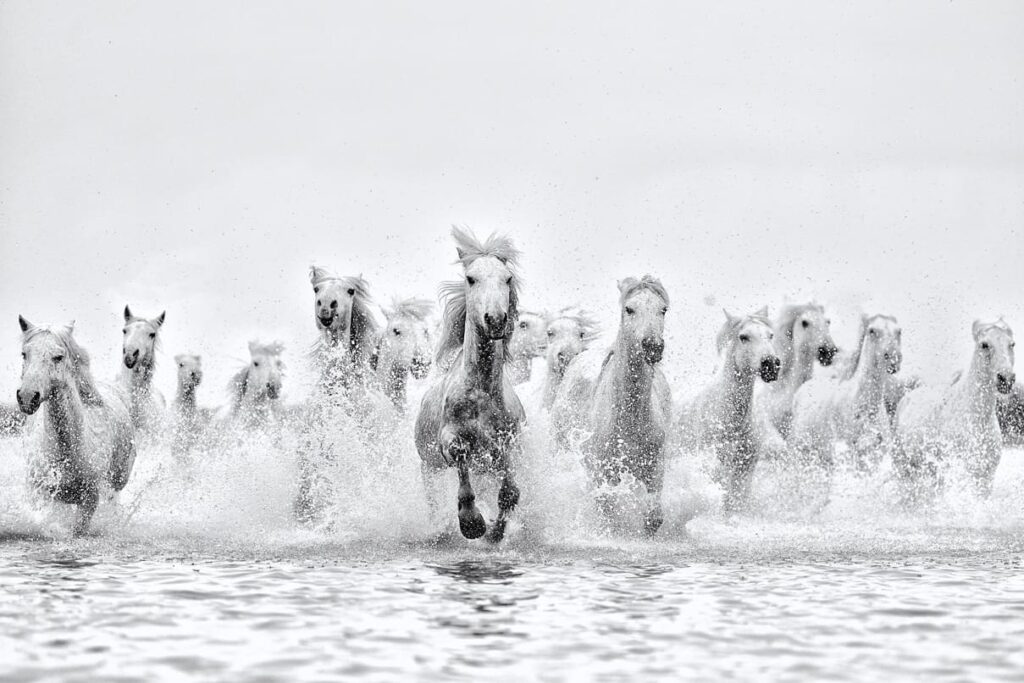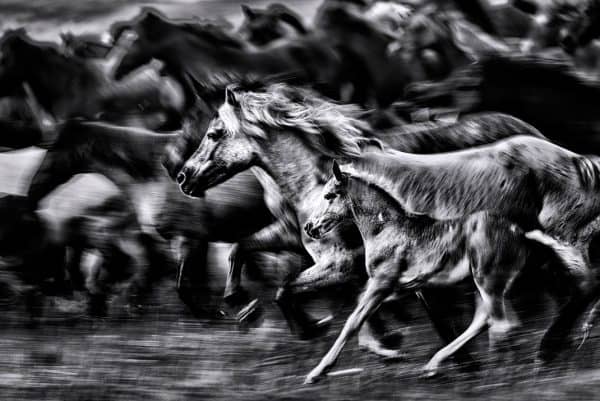Introduction
In the early 19th century, a new art movement began to gain prominence in America. Known as The Hudson River Valley Art Movement, it emerged as a unique reflection of the American spirit, capturing the untouched beauty and awe-inspiring grandeur of the land. This blog post aims to delve deep into the origins, history, and enduring impact of The Hudson River Valley Art Movement.
Reasons It Was Created
A Quest for National Identity
The Hudson River Valley Art Movement was not just an artistic venture; it was a quest for establishing a unique American cultural and national identity. Through its focus on the landscapes of the Hudson River Valley, this movement distinguished American art from its European counterparts.
Manifest Destiny
The Hudson River Valley Art Movement came into existence during an era characterized by the philosophy of Manifest Destiny, which emphasized America’s “divine right” to expand across the continent. The art created during this movement echoed this philosophy by showcasing the majestic landscapes that awaited exploration.
Conservation Concerns
Another reason behind the emergence of The Hudson River Valley Art Movement was the increasing awareness about the need for conservation. As industrialization began to alter the American landscape, this art movement served as a testament to the country’s pristine natural beauty.
History
Founding Fathers
The Hudson River Valley Art Movement was founded by Thomas Cole, a British immigrant who fell in love with the American wilderness. His influence paved the way for other iconic artists such as Asher B. Durand and Frederic Edwin Church, who would go on to become major contributors to The Hudson River Valley Art Movement.
Golden Era
The years between 1850 and 1870 are considered the Golden Era of The Hudson River Valley Art Movement. During this period, the art form evolved from merely capturing the Hudson Valley to showcasing other American landscapes, from the Rockies to Yosemite.
Transformation and Decline
By the end of the 19th century, The Hudson River Valley Art Movement began to decline in popularity, giving way to other art forms like Impressionism and Realism. However, the ethos of this movement lived on in American culture and conservation efforts.
How Does It Work?
Techniques
The Hudson River Valley Art Movement was renowned for its realistic portrayal of landscapes, characterized by meticulous attention to detail and a harmonious palette. The techniques employed were designed to reflect the sublime and the majestic, hallmarks of The Hudson River Valley Art Movement.
Collaboration
Artists within The Hudson River Valley Art Movement were often collaborative, going on expeditions together and sharing insights and techniques. This collaborative spirit was one of the defining features of The Hudson River Valley Art Movement.
Who Does It Serve?
National Pride and Cultural Identity
The Hudson River Valley Art Movement did more than just contribute to American art; it also instilled a sense of national pride and cultural identity.
Environmental Advocacy
The Hudson River Valley Art Movement serves as an early form of environmental advocacy, resonating with the modern world’s increasing focus on conservation efforts.
Collectors and Art Enthusiasts
For art collectors and enthusiasts, paintings from The Hudson River Valley Art Movement represent not just artistic brilliance but also a slice of American history.
Modern Artists
Even today, The Hudson River Valley Art Movement serves as an inspiration for contemporary artists who aim to capture landscapes in their work, proving the enduring relevance of this historic art form.
Conclusion
In the annals of American history, The Hudson River Valley Art Movement stands out as a monumental chapter that helped define a nation’s identity through its landscape and artistic expression. Although its popularity may have waned over time, the legacy of The Hudson River Valley Art Movement continues to serve as a muse for artists, a treasure for collectors, and a call for conservationists. Therefore, the significance of The Hudson River Valley Art Movement in shaping American culture and contributing to environmental advocacy cannot be overstated.

